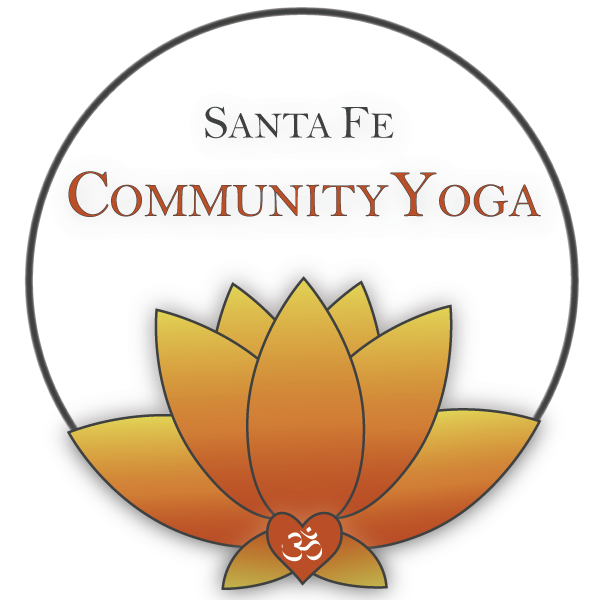“Action only happens in the present, because it is an expression of the body, which can only exist in the here and now. But the mind is like a phantom that lives only in the past and the future. Its only power over you is to draw your attention out of the present.”
Many of us come to yoga to practice staying present. Teachers help facilitate this by offering continuous reminders to return to the present moment. Where are we returning from, and why do we go there so often? It is so simple to fall into the mental state of dwelling on past actions, analyzing them with ferocity and finding new interpretations of what was said or done. The mind has an equal draw to living in the future, imagining conversations that may happen or how an event has the potential to go wrong. Between the past and the future is the very fleeting present moment. As soon as we identify what is present, it has already become the past, and that is the paradox we must learn to accept.
To live in a way that is fully grounded in the present moment, we must learn to face discomfort when it arises. It may be tempting to flee from what we don’t necessarily see as a pleasant person, conversation or life experience. However, after practice, you may begin to notice that events no longer fit into tidy categories of “pleasant” and “unpleasant”. Addressing work as it arises become a part of the moment, and with perspective, it is easier to accept challenges as a necessary part of the path that serves you most.
Living with presence means absorbing the world around you with a wide open heart. It means seeing exactly what is in front of you with clarity and non-judgement. To judge means that you are inherently comparing with the past or the future. Presence is fullness – beyond good and bad, beyond right and wrong. Presence is acceptance that all of what we experience simply is. Sometimes, this is beyond comprehension when we have so many expectations and preconceptions that we carry with us at all times. It takes constant, steady practice to overcome this conditioning and simply be with whatever life brings.
Virabhadrasana II (Warrior II)
The battle of the spiritual warrior is one that takes place far beyond the physical realm. The warrior does not have to be an archetype of violence. The warrior does not have to hurt anybody in order to accomplish what she has set out for in this lifetime. The weapon of the spiritual warrior is discernment, or viveka in Sanskrit. The warrior must use this discernment decide what is based in reality and what is an illusion of the ego. Living with presence allows the warrior to see what is truth and what is a creation of the mind and its many desires. The mind wants to thrive, and its fuel is analysis of the past or fantasies of what may come.
Mindfulness practices, such as meditation and yoga, help tame this wild nature of the mind. With enough practice, the warrior learns how to use the mind to cultivate viveka. When we learn to live with full presence, the True Self is revealed to us. Warrior II honors the spiritual warrior who lives within all of us. It is a greatly strengthening pose, with the practitioner firmly grounded on both feet, arms extended in both directions. It opens the hips and shoulders, while strengthening the core, arms and legs. Gazing forward, one can visualize the many illusions of the mind that she must pierce through so she may live with intention and presence.
Hakini Mudra
This is also known as the Brain Power Mudra, as it greatly enhances the ability of the brain. The Sanksrit word hakini means “power” or “rule”. Due to the positioning of the hands, this mudra helps to balance the left and right sides of the brain. This balancing of the hemispheres of the brain is especially helpful if you have something in mind that you would like to bring more presence and concentration toward. To practice this mudra, bring both hands in front of the third eye and join all of the fingertips very lightly together. The thumbs can point downward, while the rest of the fingers extend upward. You can further enhance presence by incorporating breathing into the practice of this mudra. While inhaling, press the tongue against the roof of the mouth, and then soften the tongue on the exhale. In addition to the balancing effects, Hakini Mudra also helps to improve concentration and memory, and create a sense of calmness, which helps promote clear thinking. Focusing the mind, bring your awareness to the present and allow all of the information that you gather permeate your being.







